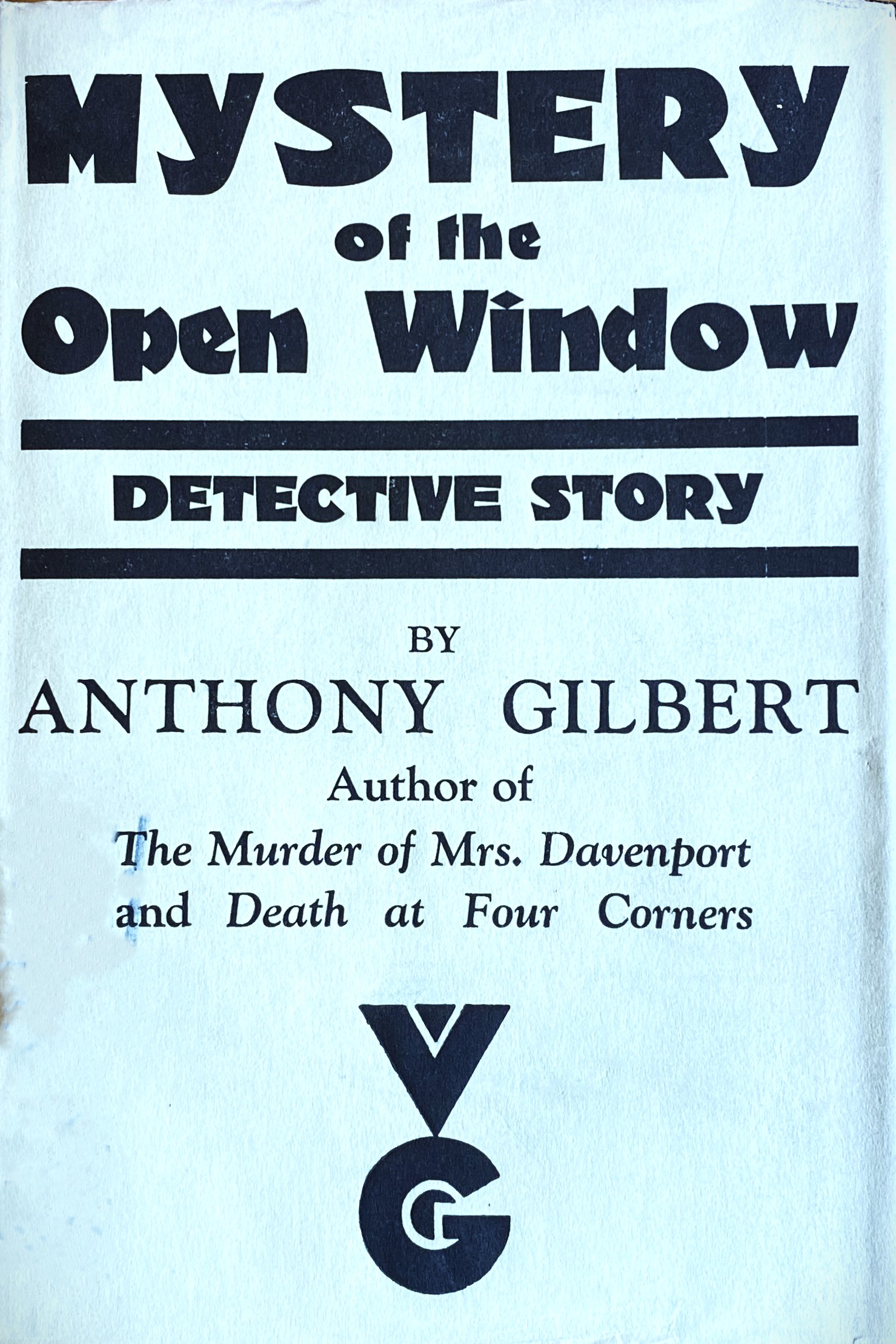
Part of Series
A murder mystery featuring Anthony Gilbert's Liberal politician-detective Scott Egerton. It began with the theatre - and ended with drugs, blackmail and a decades old crime... Classic crime from one of the greats of the Detection Club Major John Hillier, a well-known clubman, is found dead in his flat in Upper Paulton Terrace early one morning in rather peculiar circumstances. The discovery is made by a servant, upon whom a certain amount of suspicion falls. Inspector Field traces the dead man’s movements on the previous night and learns that, after breaking up a dinner-party in a somewhat unconventional fashion, he travelled some distance to a remote suburban theatre to see a leading lady whom he cannot even identify by sight. Following up certain clues and deductions of his own, Field discovers the reason for this strange course of action, and tracing back the dead man’s history over a number of years, finds himself entangled in a nest of underworld intrigue in England and on the Continent. Drugs, blackmail and a crime many years old all play their part in an affair that, starting without sensation, attains universal attention. The congruent parts of the mystery are finally put together by Field and Scott Egerton, who, entering the case late in its development, is able to supply the final link. 'No author is more skilled at making a good story seem brilliant'~Sunday Express
Author

Anthony Gilbert was the pen name of Lucy Malleson an English crime writer. She also wrote non-genre fiction as Anne Meredith , under which name she also published one crime novel. She also wrote an autobiography under the Meredith name, Three-a-Penny (1940). Her parents wanted her to be a schoolteacher but she was determined to become a writer. Her first mystery novel followed a visit to the theatre when she saw The Cat and the Canary then, Tragedy at Freyne, featuring Scott Egerton who later appeared in 10 novels, was published in 1927. She adopted the pseudonym Anthony Gilbert to publish detective novels which achieved great success and made her a name in British detective literature, although many of her readers had always believed that they were reading a male author. She went on to publish 69 crime novels, 51 of which featured her best known character, Arthur Crook. She also wrote more than 25 radio plays, which were broadcast in Great Britain and overseas. Crook is a vulgar London lawyer totally (and deliberately) unlike the aristocratic detectives who dominated the mystery field when Gilbert introduced him, such as Lord Peter Wimsey. Instead of dispassionately analyzing a case, he usually enters it after seemingly damning evidence has built up against his client, then conducts a no-holds-barred investigation of doubtful ethicality to clear him or her. The first Crook novel, Murder by Experts, was published in 1936 and was immediately popular. The last Crook novel, A Nice Little Killing, was published in 1974. Her thriller The Woman in Red (1941) was broadcast in the United States by CBS and made into a film in 1945 under the title My Name is Julia Ross. She never married, and evidence of her feminism is elegantly expressed in much of her work.


